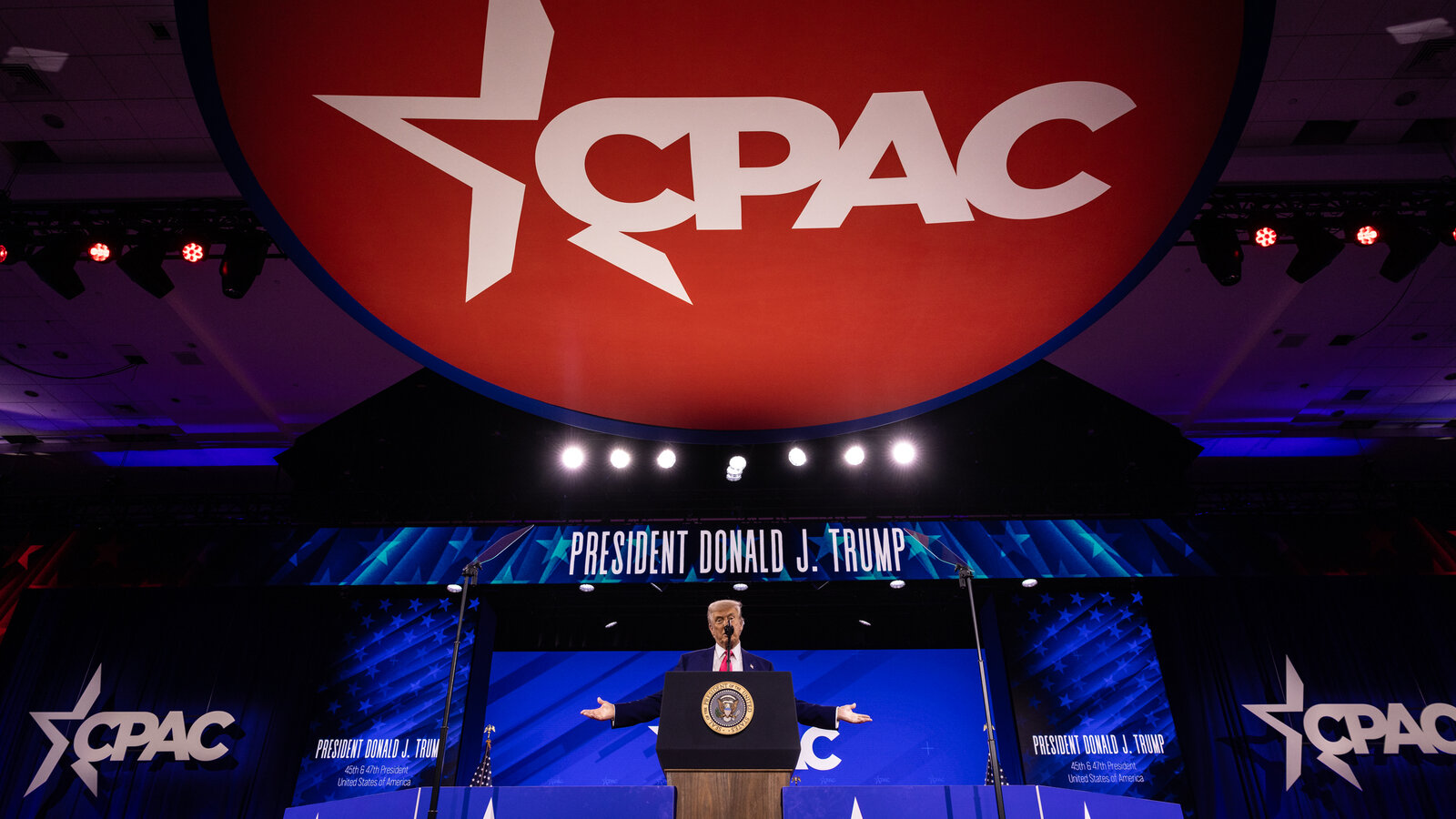Trump's Revenge Tour: CPAC Stage Becomes Political Battlefield

In a charged rally surrounded by passionate supporters, including those who had been pardoned for their involvement in the January 6th events, the president enthusiastically shared his vision of transforming the government. With palpable excitement, he detailed his ongoing mission to reshape the political landscape by systematically removing those he considered adversaries from positions of power.
The speech was a bold declaration of his commitment to restructuring the administrative apparatus, painting a picture of a sweeping political realignment that would prioritize loyalty and shared ideology. His supporters listened intently, cheering as he described his efforts to purge what he characterized as entrenched opposition within the government's ranks.
The president's narrative was unapologetic and direct, framing his actions as a necessary cleansing of the bureaucratic system, positioning himself as a reformer challenging the established political order. His animated delivery underscored the personal passion driving his political strategy, turning what could have been a dry political discussion into a rallying cry for his base.

